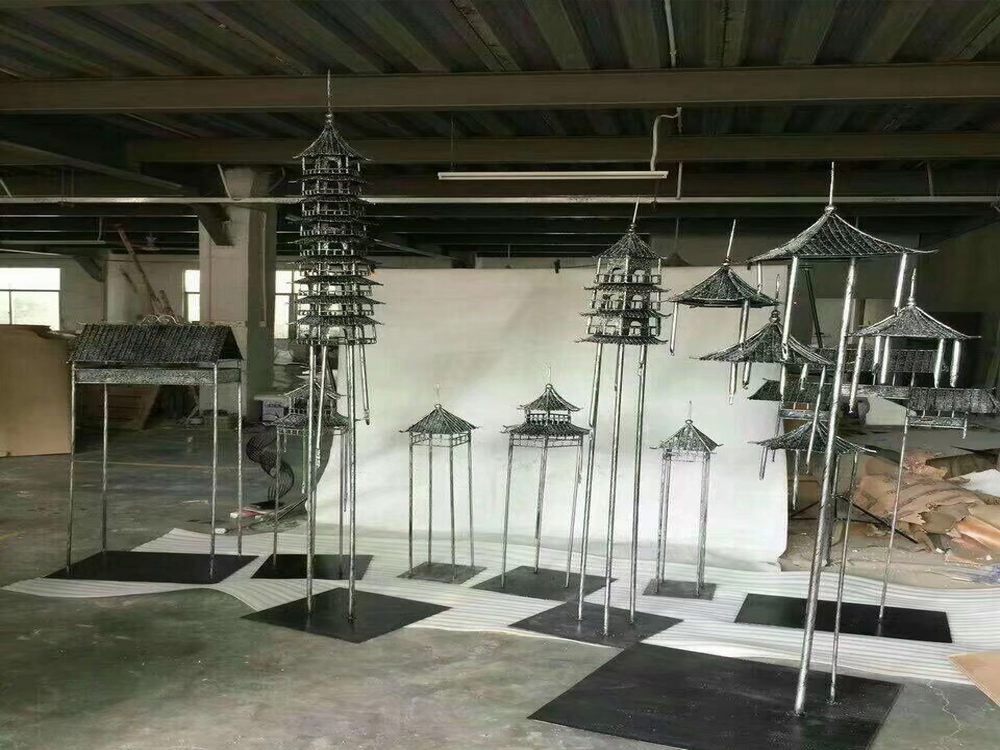
Artists have long been captivated by the unique patterns found in natural stone, transforming raw materials into breathtaking works of art. The natural grain and veining of stone serve as both inspiration and medium, allowing creators to blend their vision with Earth's organic beauty.
Sculptors often study stone slabs for hours, identifying flow lines and mineral deposits that suggest forms hidden within. Michelangelo famously spoke of "freeing the figure trapped in the marble," demonstrating how masters work with rather than against nature's designs. Contemporary artists continue this tradition, sometimes allowing the stone's natural patterns to dictate their compositions entirely.
In architectural applications, designers strategically position stone tiles to create flowing visual narratives across surfaces. The swirling veins of marble might be aligned to simulate waterfalls in hotel lobbies, or carefully bookmatched to form symmetrical Rorschach-like patterns in luxury homes.
Modern digital tools now enable artists to predict how stone will behave when cut, but many still prefer the intuitive approach of responding to the material's natural characteristics as they work. This dialogue between artist and medium results in pieces where human creativity and geological history become inseparable.
From ancient petroglyphs that followed rock contours to contemporary installations highlighting stone's fractal-like patterns, this artistic practice reminds us that nature remains the ultimate designer. The most successful stone artworks achieve that magical balance where it becomes impossible to discern where nature's hand ends and the artist's begins.

